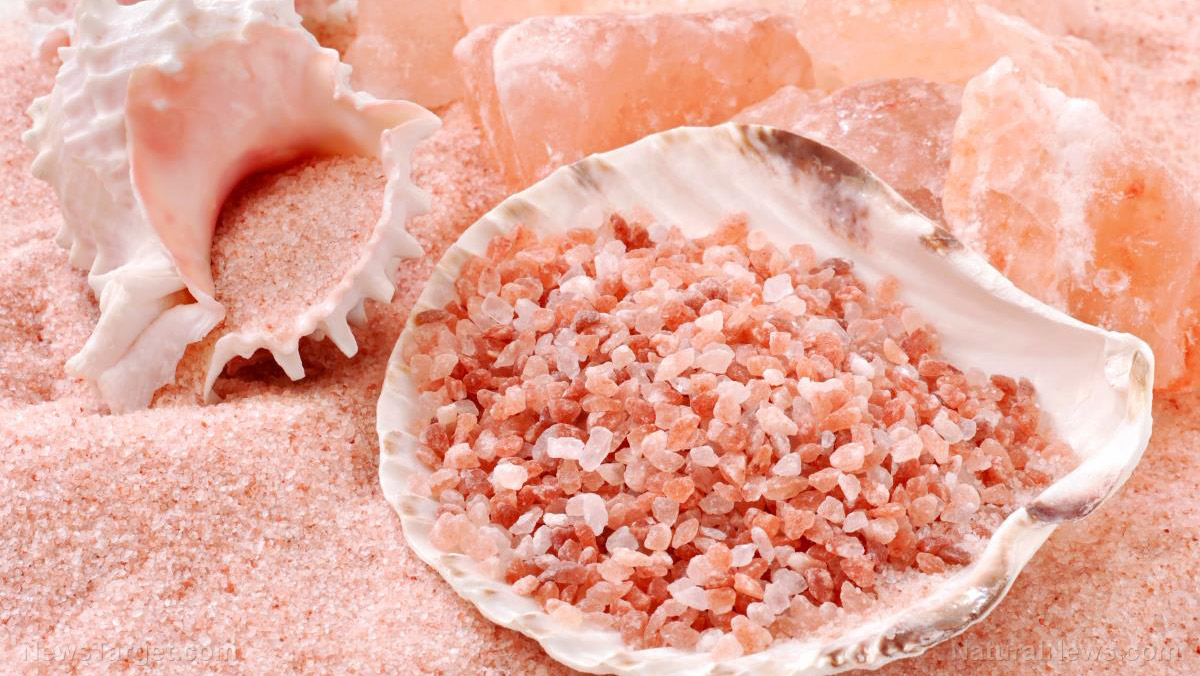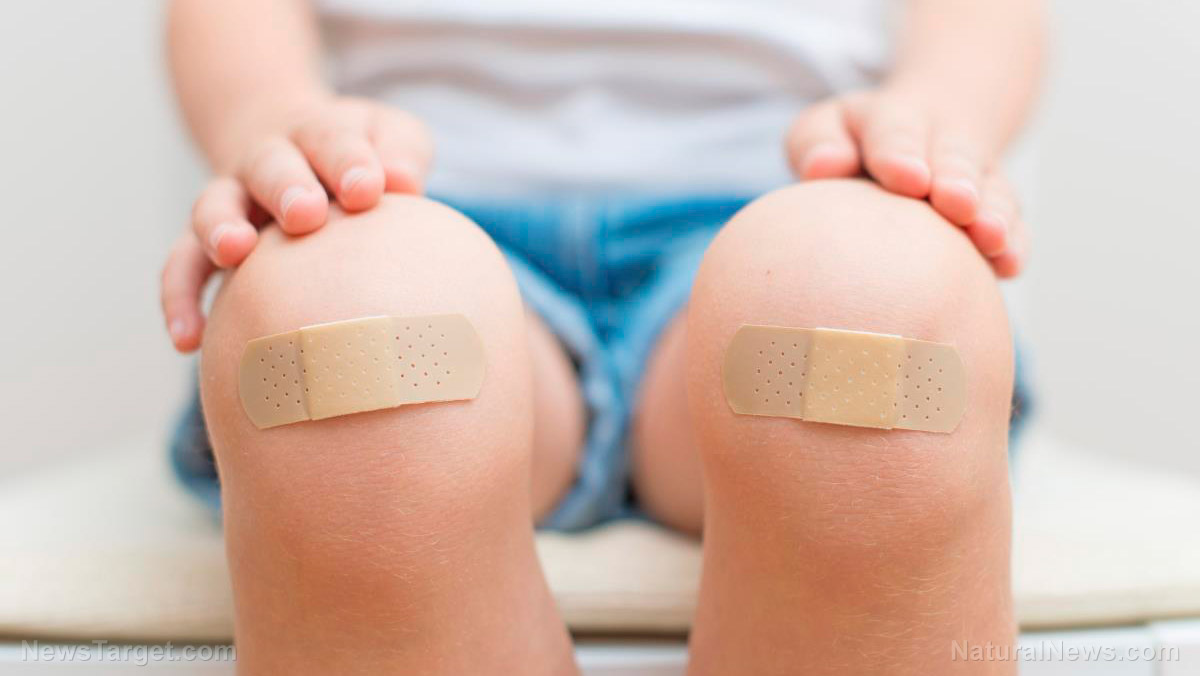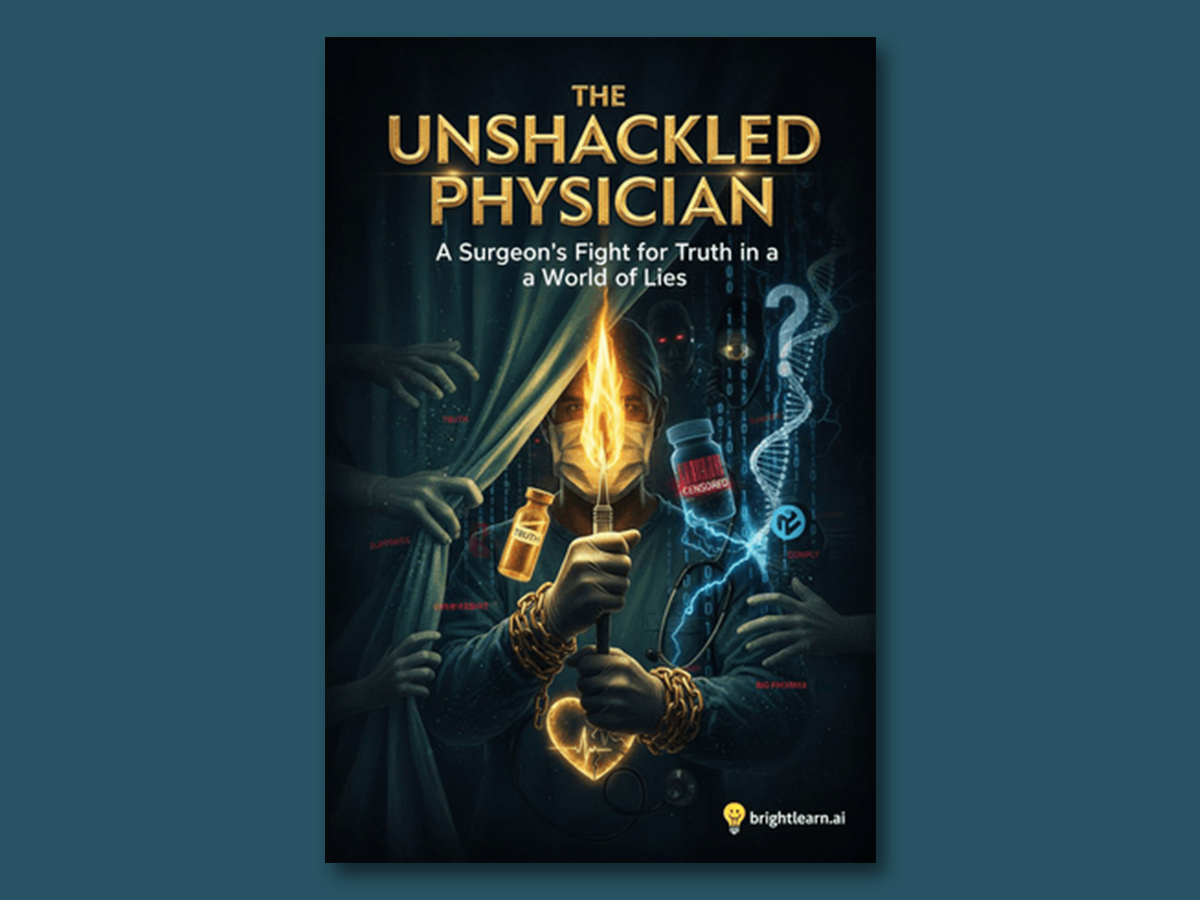Staff at taxpayer-funded Colorado virus lab BITTEN by COVID-infected hamsters and bats... and they refused to alert the public
By ethanh // 2024-04-01
Tweet
Share
Copy

Another high-level bioweapons laboratory is under the gun after it was revealed that there have been at least 50 serious safety incidents since 2020.
The lab, located at Colorado State University (CSU), handles some of the world's deadliest viruses, including coronaviruses that reportedly transferred from test animals to lab scientists via bites by hamsters.
Other incidents at the CSU lab include one in which workers were splashed in the face with blood from tuberculosis-positive mice, and another in which they were scratched by rabies-infected cats.
None of these 50-plus incidents were ever reported publicly, even though the public has a right to know if deadly diseases are circulating among the general population through infected lab workers going about their everyday lives following exposure.
Experts say there is a "disturbing lack of transparency" at the CSU lab, the disturbing news of which will only further erode the general public's trust in America's public health institutions.
In late 2022, there was another incident in which a bat infected with MERS-CoV, a type of coronavirus, bit a researcher while it was being put back inside its cage. This incident harkens back to what is believed to possibly have happened prior to the Wuhan coronavirus (COVID-19) "pandemic."
(Related: It was just revealed that Colorado's star forensic scientist, Yvonne "Missy" Woods, has been committing data fraud for many years – how many of the people she helped convict are actually innocent?)
CSU handles bat coronaviruses
One of the world's premier infectious disease and veterinary medicine institutions, CSU has been studying bats since the 1980s, believe it or not. Scientists at the lab have apparently been tampering with coronaviruses during this time, much like their counterparts in Wuhan were doing. The White Coat Waste Project learned all this disturbing information about CSU after filing a Freedom of Information Act (FOIA) request, which uncovered details including meeting minutes, emails and internal reports about the lab's operations. What these FOIA-obtained documents clearly show is a pattern of accidents between May 2022 and July 2023 involving disease-ridden animals such as cats, bats and rodents attacking workers and possibly infecting them with serious illnesses. This increase in accidents is now being blamed on the heightened stress of the "pandemic," which reportedly caused employees at the lab to "rush" their work. On at least two separate occasions in 2020 at the height of the COVID "pandemic," researchers at the CSU lab working with SARS-CoV-2-infected hamsters were bitten by the rodents. Some of the employees also contracted Zika virus from experiments involving infected mosquitoes. According to Dr. Bryce Nickels, cofounder of the nonprofit group Biosafety Now and a genetics professor at Rutgers University, none of this disturbing information would be known were it not for the FOIA requests made by the White Coat Waste Project. "This is ridiculous, and once again underscores a disturbing lack of transparency. Irrespective of their funding sources, researchers have an ethical obligation to report any lab accidents that could pose risks to the public," Nickels said. "Public reporting of lab accidents should be standard practice, not an issue up for debate." Sen. Joni Ernst (R-Ia.) also commented on the matter by stating that these types of incidents, including "lab leaks," are "inevitable," adding that "we don't want the next outbreak to happen in our own backyard or near our military bases." The CSU lab in question is located in Fort Collins, population 168,500, which is north of Denver close to the border of Colorado and Wyoming. CSU is reportedly planning to construct another bat lab later this year using $6.7 million in taxpayer funding. The latest news about the mad science taking place at state-funded laboratories across the United States can be found at Bioterrorism.news. Sources for this article include: DailyMail.co.uk NaturalNews.comTweet
Share
Copy
Tagged Under:
biological weapons research bioterrorism disease Colorado big government outbreak lab infections bioweapons plague suppressed campus insanity bats badscience badhealth badmedicine Colorado State University coronavirus COVID biosafety hamsters
You Might Also Like
Clean food watch: Study finds many table salt brands contain microplastics, toxic contaminants
By HRS Editors // Share
Trump blasts RINO Sen. Graham for criticizing his stance on ABORTION
By Ramon Tomey // Share
Why sunlight deficiency is as deadly as smoking
By News Editors // Share
Common bandages contain alarming levels of cancer-causing PFAS, which leach directly into the blood
By Lance D Johnson // Share
Recent News
Iran conducts surprise missile drills amid rising tensions with Israel
By kevinhughes // Share
Kremlin denies reports of plans to "restore Soviet influence"
By bellecarter // Share
How AI news bots are quietly reshaping public opinion
By avagrace // Share
The Unshackled Physician: A surgeon's awakening to medical tyranny
By ramontomeydw // Share











